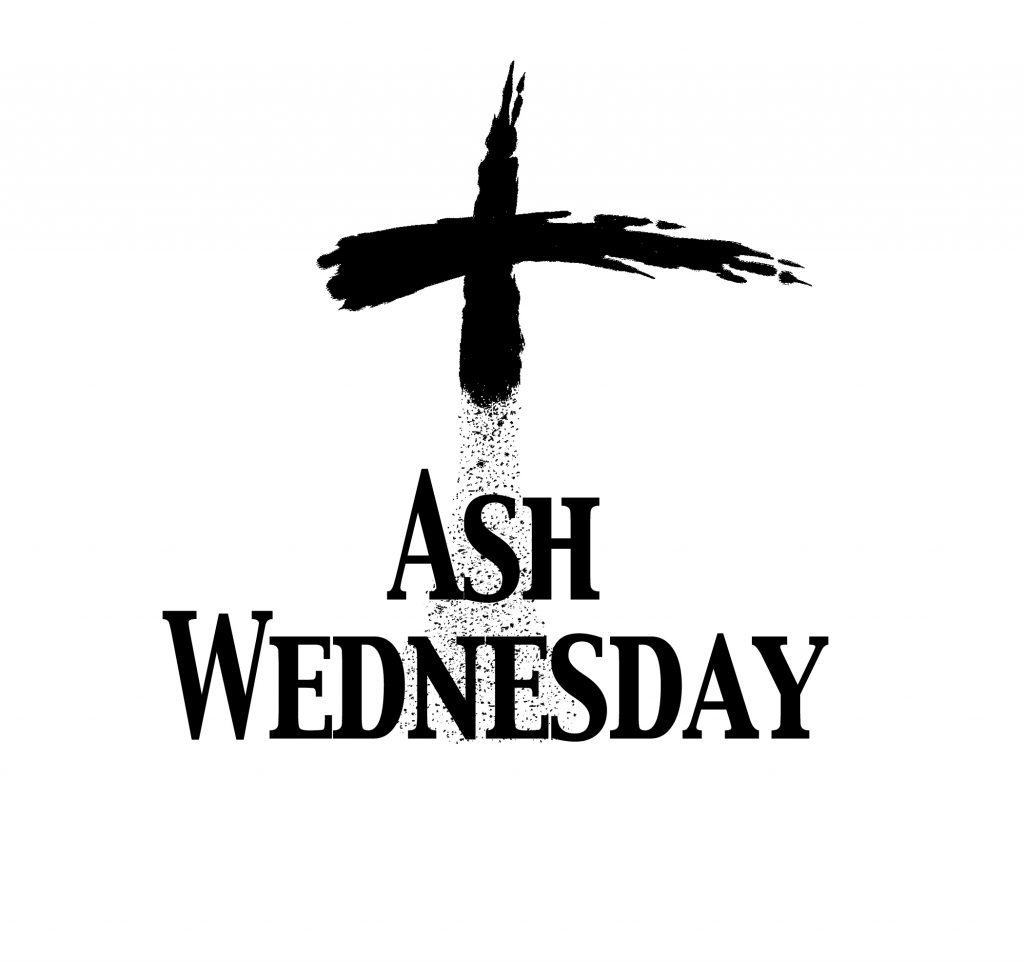
Sometime around Christmas I always make it a point to say out loud that the Wise Men never appeared at the manger; we don’t know how many of them there were; and nothing indicates they were kings (in fact, royalty is highly unlikely given what we do know). I can bank on someone telling me they’ve never heard this information before. It demonstrates the woeful state of biblical teaching. All of this information is easily gathered from the story of the “magi” in the Bible.
If you looked at the title of this article, you’re probably wondering why I’m writing about the Wise Men. Well, Lent begins this month (Ash Wednesday — February 26). Although this isn’t a specific question, I often see blank stares and lost eyes when I talk about Lent. Many Protestants threw out Lent with the Reformation for fear that it was “too Catholic” (whatever that means). Lent has enjoyed some revival in Protestant circles in recent years. It is an ancient Christian season intended to prepare all believers for a splendid Easter season (yeah, Easter’s not just one day, either…more on that later).
So, in order to help you prepare for a splendid Easter season, let me risk being “too Catholic” and teach a little bit about the season of Lent.
Lent begins on Ash Wednesday every year and lasts through Easter. The season is 40 days long to commemorate Jesus’ 40 days in the desert prior to the beginning of His public ministry. Easter is determined by the lunar cycle, so Lent moves around every year. Once Easter Sunday is determined, you can count backward 40 days to find Ash Wednesday.
If you do count the days during Lent, though, you may notice there are more than 40 days! Sundays are not traditionally considered part of Lent. Lent is a time of repentance and mourning our sin, and all Sundays are to be considered “little Easters” and should not include mourning. Therefore, Sundays are not considered days of Lent.
The name “Lent” comes from Old English. It is an archaic shortening of the word “lengthen.” (A shortening of the word lengthen. How’s that for irony?) Because Lent occurs during Spring every year, the days are growing longer throughout the season, and so the Christian season received its name from the Old English abbreviation of the word “lengthen.” In many non-English-speaking regions, the season’s name is a derivative of the Latin for “40 days” (Spain—Cuaresma; France—Carême; Italy—Quaresima; Latin—Quadragesima).
Lent is a season characterized by prayer, penitence (repentance), almsgiving (charity), and self-denial. Many Christians “give up” something for Lent as an act of self-denial in preparation for Easter. This is also a remembrance of Jesus’ 40 days of fasting in the desert. Some Protestant Christians choose to “take up” a discipline rather than “giving up” a vice or favored food, etc. If you decide to give (or take) something up, keep in mind that Sundays are a weekly reprieve since they are “little Easters.”
Lent culminates with Holy Week, sometimes called Passion Week. Palm Sunday begins the week, which includes Maundy Thursday, Good Friday, and Holy Saturday. Lent ends on Easter morning when the Church celebrates the highest holy day on the Christian calendar … the day of Christ’s Resurrection!
Maundy Thursday acquires its name from the Latin word “mandatum” which means mandate. On Maundy Thursday, we celebrate Jesus instituting the Lord’s Supper/Communion. But we also remember that at the Last Supper, he gave us a “new commandment” (mandate) that we love one another as he has loved us.
Good Friday is the day of Jesus’ death on the cross. While that sounds anything but ‘good’, his death on the cross freed us to live above sin and death. Because of the results of his sacrifice, we call this day “Good”. Maybe Great Friday; Unbelievable Friday; or Awesome Friday would be a better name, but they didn’t ask me. At Good Friday services, Communion may be served, but it technically should not be blessed at that service, because Jesus is in the grave. So, many churches will bless two loaves and juice at Maundy Thursday services so they can celebrate the sacrament on Good Friday. 🙂
Holy Saturday (in more orthodox circles) is a traditional day of rest and mourning. Jesus is considered to still be in the grave, so Christians often refrain from celebration on this day and may spend specific time in prayer, mourning Jesus’ loss because of our sin.
Lent ends with Easter Sunday, but Easter is not just one day. In addition to every Sunday being celebrated as a “little Easter,” Easter is also a season that follows Lent. Just as Easter Sunday is the highest holy day on the Christian calendar, Easter is also the longest season on the Christian calendar. We celebrate The Resurrection for 50 days!
The Sunday that follows this 50-day season is Pentecost! “Pente” is a prefix that means 50. Pentecost is a Jewish feast that took on new meaning when the Apostles received the Holy Spirit and preached in multiple languages on Pentecost. Over 5,000 became Christians in one day (recorded in Acts 2)! Because of this, Pentecost is often called the Birthday of The Church.
This year’s important Lent dates:
- Wednesday February 26 — Ash Wednesday (service at 7:00pm)
- Sunday, April 5 — Palm Sunday (sometimes called Passion Sunday)
- Thursday, April 9—Maundy Thursday (service at 7:00pm)
- Friday, April 10—Good Friday (service at 7:00pm)
- Saturday, April 11—Holy Saturday
- Sunday, April 12—EASTER SUNDAY!!!!
Happy Lent,

If you’d like more information about Lent, check out:

